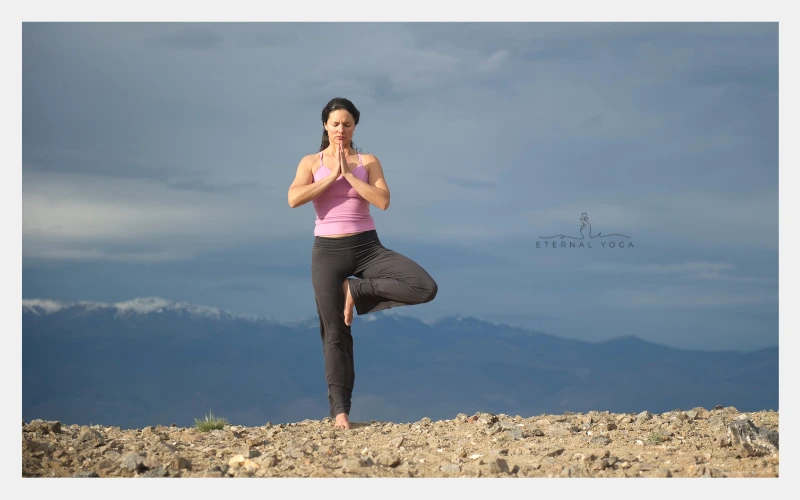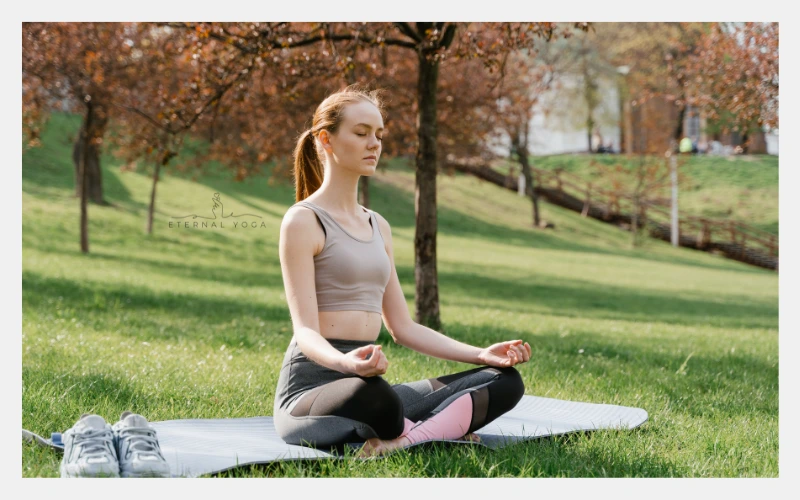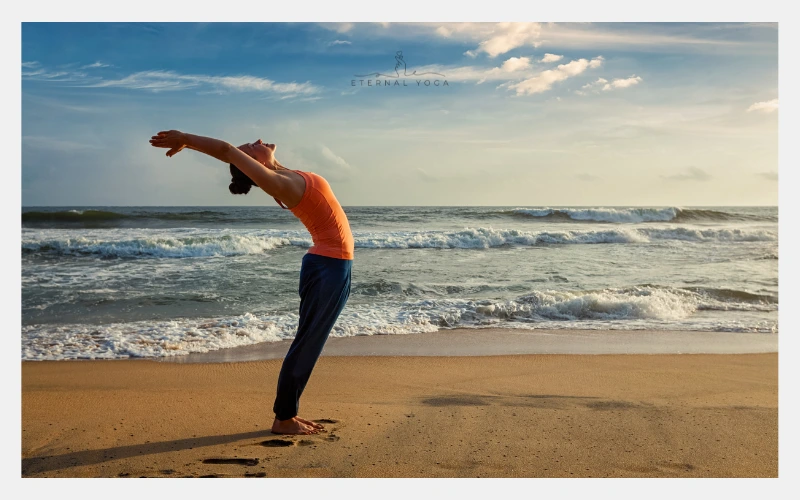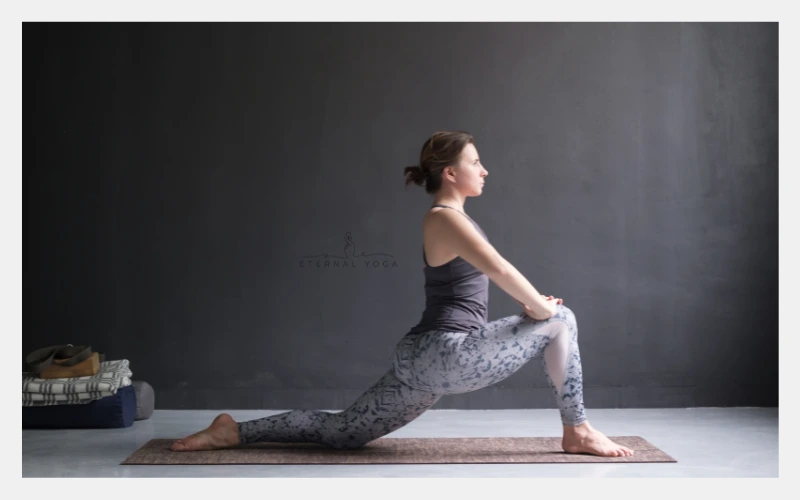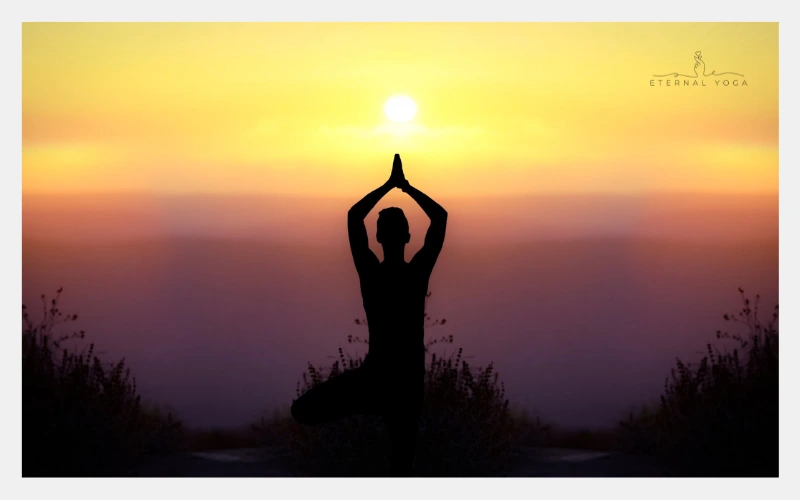Classical Yoga
Classical yoga refers to various schools of yoga that claim to be the truest representation of Patanjali’s Yoga Sutras. It is a dualistic philosophy that clearly distinguishes the two main components of the universe: Prakriti, which represents matter, and Purusha, which represents spirit.
In classical yoga, matter and spirit are viewed as fundamentally different realities that do not mix or intermingle. Spirit is absolute, unchanging, and higher than matter, while matter is relative, changeable, and inferior in nature.
According to this view, the true essence of human beings is pure spirit, while everything in the material world, such as emotions and thoughts, is considered material.
Human suffering arises from mistaking one’s true nature, the pure spirit, for this material reality. The primary objective of classical yoga is to separate these two realities, liberating one’s true nature from the body and mind. The practice aims to help individuals experience their immortal soul.
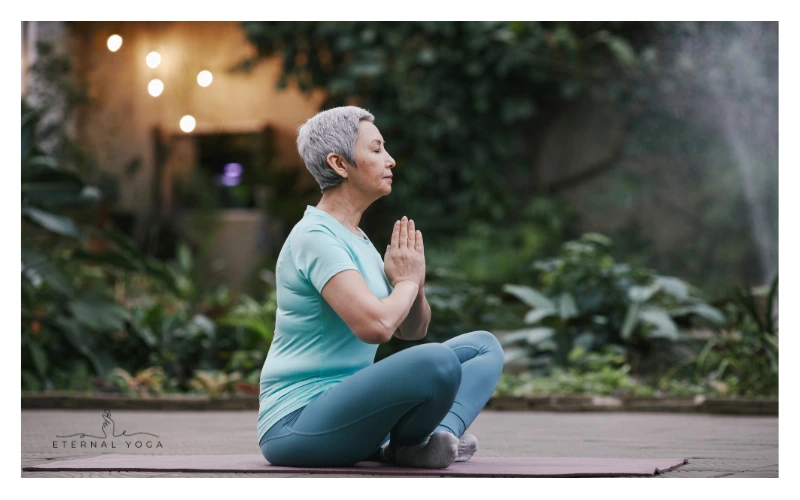
Yoga aims to penetrate the body and ultimately transcend it. Some of these practices may involve rigorous discipline, requiring students to endure pain to realize they are more than just their bodies or emotions. Since the body is considered inferior, it needs to be disciplined to recognize the soul.
In yoga classes influenced by classical yoga, controlling the body and mind through discipline is often emphasized. When postures become difficult, you may hear phrases like “Keep enduring the pain.”
For a classical yogi, the body and physical existence are considered problems that need to be resolved.
Birth is considered the result of not recognizing one’s true nature in a previous life, and individuals are reborn repeatedly until enlightenment is achieved. Liberation from the cycle of embodiment occurs when the practitioner experiences the pure soul, separate from the realities of body, mind, and thoughts.
Advaita Vedanta
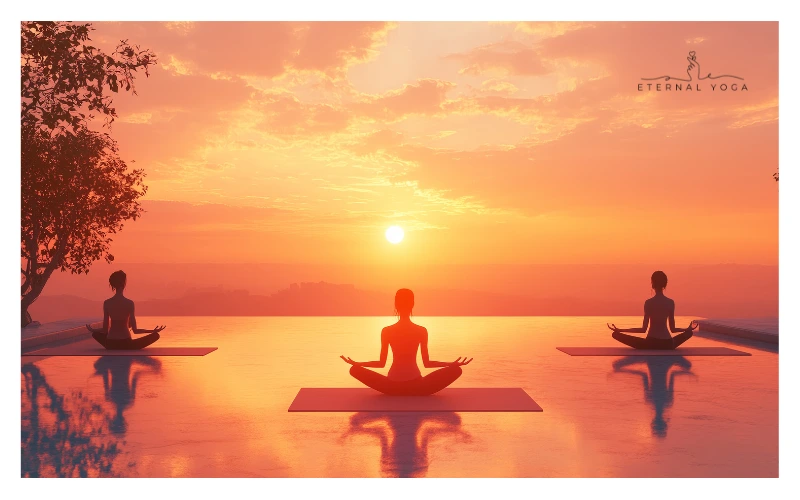
Vedanta means “the conclusion or end of the Vedas,” as this approach is based on the final collection of Vedic writings and teachings, called the Upanishads. Unlike the dualistic nature of classical Yoga, which sees a clear distinction between matter and spirit, Advaita (non-dual) Vedanta denies the existence of separate realities for matter and spirit.
According to Advaita Vedanta, only the spirit is real, and matter is an illusion. The material world, our bodies, our thoughts, emotions, and even the lives we live in our bodies are all errors of perception that can be corrected.
True reality is only one, but to the ignorant mind, it appears as many different things. This reality is unchanging and static. Therefore, anything that changes cannot be real. Since reality is only one, any differences we perceive in our daily lives do not actually exist. Therefore, if you like a particular flavor of ice cream or a specific color of the rainbow, it is simply a mistake in judgment.
Vedantins also have a solution. One of the main techniques used to overcome wrong thinking is Neti, Neti, which means “not this, not this.” This practice involves repeating statements such as “I am not my body, for my body changes,” “I am not my mind, for my mind changes,” and “I am not my emotions, for my emotions change.” Consistent practice of this method leads the practitioner to true knowledge that will dispel errors in perception.
Once one attains this true knowledge, one becomes enlightened. An enlightened person may live in a body, but they will realize that the body, thoughts, and everything they perceive are merely illusions. If you’re in a Hatha Yoga class influenced by Advaita Vedanta, you might hear phrases like “You are not your body” or “You are not your thoughts.”
8 Limbs of Classical Yoga
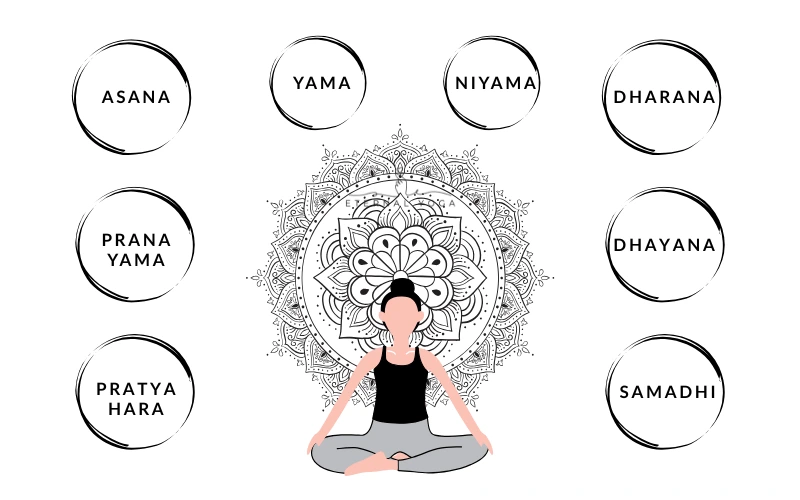
As mentioned earlier, the classical yoga approach is based on a precise understanding of the Yoga Sutras, the result of a long evolution of the science of yoga that outlines a specific path to enlightenment. It consists of eight major stages, collectively called Ashtanga Yoga (Ashta, meaning “eight,” and Anga, meaning “limb”), which form an eight-limbed path leading to mystical union.
These stages begin with a set of ethical guidelines and progress through physical postures, breathing techniques, and mental exercises, ultimately reaching the highest level of absorption in the Supreme.
Here is a description of the eight limbs:
- Yama – five virtues or restraints that guide our relationships with others and the world: Ahimsa (non-injury), Satya (truthfulness), Asteya (non-stealing), Brahmacharya (godly conduct), and Aparigraha (non-clinging).
- Niyama – Five personal observances that govern our relationship with ourselves: Shaucha (purity or cleanliness), Santosha (contentment), Tapa (intense desire to unite with God), Swadhyaya (self-study or self-exploration), and Ishvara Pranidhana (devotion to God).
- Asana – Postures that help build a strong body, a steady mind, and a compassionate spirit. This is the physical aspect of yoga most recognized in the West.
- Pranayama – A series of breathing exercises aimed at helping the practitioner control the life force.
- Pratyahara – The process of withdrawing the senses, mind, and consciousness from the external world and directing them toward the self.
- Dharana – Focused concentration. By stabilizing the body through asanas, sharpening the mind through pranayama, and controlling the senses through pratyahara, the practitioner reaches this state.
- Dhyana – Meditation. The process of withdrawing consciousness into the soul.
- Samadhi – Bliss. The state of being one with God. It is the experience of consciousness, truth, and infinite bliss. To truly understand samadhi, one must experience it personally, as it transcends the mind.
The classical yoga system contained in the Yoga Sutras has certainly become the most widespread form of yoga in the West.
It attracts those seeking a clear, structured path for their spiritual development.
Many modern yogis earn their living and pay their bills by practicing yoga. Tantric scholar Douglas Brooks used the term Rajanaka to describe this group. Rajanaka means “master of one’s life,” indicating that these yogis used their practice to achieve mastery in all areas of life while remaining active in the secular world.
The modern school of yoga is based on the Rajanaka Tantra tradition and draws on rich Tantric philosophy without the use of ancient Tantric rituals.
Clearly, this shift toward tantric thought influenced the yoga practices of the time and continues to highlight the differences between various hatha yoga systems in the West.



